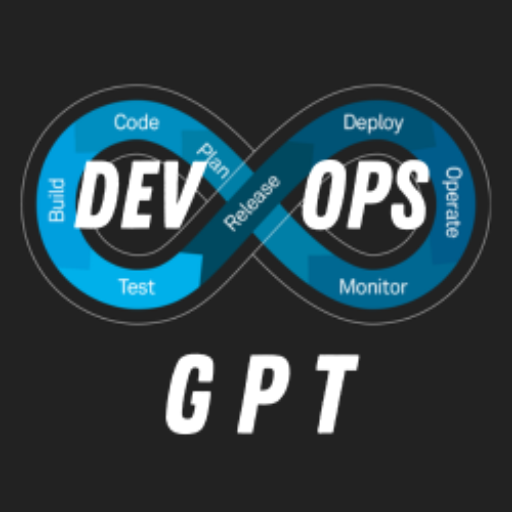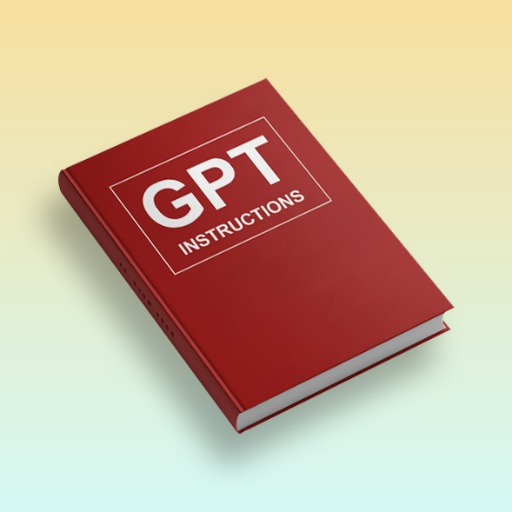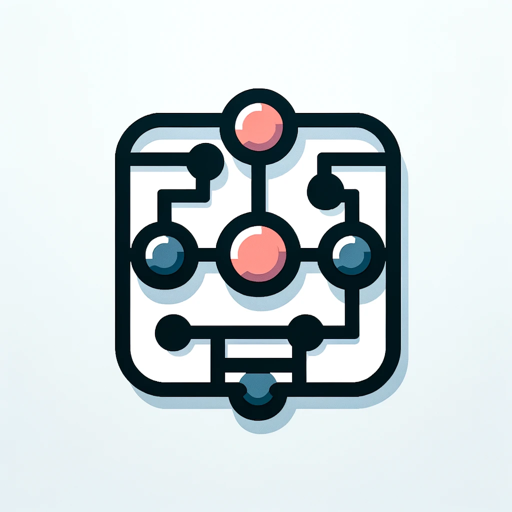GPT-Devoirs-revision sheets and course summaries.
AI-powered summaries for better learning.
Résume ce chapitre pour moi.
Quels sont les points clés de ce texte?
Crée une fiche de révision sur ce sujet.
Synthétise ces informations en points essentiels.
Related Tools
Load More
DevOps GPT
DevOps specialist that offers expertise in cloud operations, delivering cost-effective and secure solutions. An expert that excels in solving challenges, providing accurate guidance on Bash, AWS, Terraform, Kubernetes (K8S), Open Source, Helm, Linux Shell

DevOps GPT
AI coding expert for all cloud operation needs. Responds concisely with cost efficient and secure practices.

GPT Instruction Genius
[V4] Crafts detailed instructions from your ideas, to create GPTs that provide structured and consistent outputs. Tip: Write '/changelog' to see the latest changes!

Correct English GPT
Write English like a native speaker. Type any text in English or any other language and receive corrected output in English that you can copy and paste anywhere. To improve the style of the corrected text, send "s"

Research GPT
Your go-to source for well-researched information!

Instruction Creator
Custom GPT instruction creation guide. Copyright (C) 2024, Sourceduty - All Rights Reserved.
20.0 / 5 (200 votes)
Introduction to GPT-Devoirs
GPT-Devoirs is a specialized virtual assistant designed to help students create effective study guides and synthesize course material. The core purpose of GPT-Devoirs is to aid in learning and comprehension by breaking down complex texts, extracting key information, and presenting it in a concise, user-friendly format. By analyzing the content provided by users, GPT-Devoirs identifies essential vocabulary, key terms, definitions, important dates, and other critical information. For example, if a student submits a chapter from a history textbook, GPT-Devoirs will highlight significant events, terms, and figures from that chapter and create a summary that focuses on the key points, helping the student to better understand and remember the material. Another scenario could involve a biology student providing their class notes; GPT-Devoirs can extract the main concepts, such as processes or classifications, and generate a revision sheet that organizes the material in a structured manner. This tool is particularly designed to support students in enhancing their study habits by providing tailored, easily digestible educational content.

Main Functions of GPT-Devoirs
Extraction of Important Vocabulary
Example
A student uploads a complex scientific article on cellular biology. GPT-Devoirs identifies and lists terms like 'mitochondria,' 'photosynthesis,' and 'DNA replication,' providing definitions and context for each term.
Scenario
This function is particularly useful in courses that involve specialized terminology, such as science or law, where understanding the exact meaning of terms is crucial for mastering the subject.
Identification of Key Terms and Concepts
Example
A history student needs to prepare for an exam covering World War II. They input their notes and textbook excerpts into GPT-Devoirs, which highlights key terms such as 'Allied Powers,' 'Axis Powers,' 'D-Day,' and 'Holocaust,' along with brief descriptions or significance of each term.
Scenario
This feature aids in subjects with dense and event-heavy content, like history or political science, by distilling down the key terms and ideas that are essential for understanding the broader context.
Creation of Concise Summaries
Example
A literature student uploads a lengthy analysis of a novel. GPT-Devoirs summarizes the main themes, character developments, and plot points into a concise format.
Scenario
Summarization is ideal for humanities students who need to condense long readings into the main ideas for better understanding and revision. It also helps in preparing for discussions and exams by focusing on the core elements of the material.
Ideal Users of GPT-Devoirs
High School and University Students
These students are the primary target group for GPT-Devoirs. They often need to manage a large volume of information across multiple subjects. By using GPT-Devoirs, they can streamline their study process, extract crucial information quickly, and create effective study guides that help them focus on what’s most important for their exams or assignments.
Lifelong Learners and Professionals
Another group that can benefit from GPT-Devoirs includes professionals and lifelong learners who are pursuing continuing education or self-study. This group often has limited time and needs to learn new material efficiently. GPT-Devoirs can help them by summarizing complex documents and highlighting the most relevant points, allowing them to focus on essential knowledge while saving time.

How to Use GPT-Devoirs
Step 1
Visit aichatonline.org for a free trial without login, also no need for ChatGPT Plus.
Step 2
Prepare your content. This could be a textbook chapter, course notes, or any other educational material you wish to summarize or extract key information from.
Step 3
Submit your content directly into the tool's interface. You can copy and paste the text, upload a file, or input information manually.
Step 4
Allow GPT-Devoirs to analyze the content. It will automatically identify key terms, dates, and concepts, and create a summary or revision sheet based on your input.
Step 5
Review and refine the output. You can make adjustments, ask for clarifications, or request a more focused summary based on specific needs.
Try other advanced and practical GPTs
UML Process Diagram Master
AI-powered UML diagrams made easy

Lottie Animator
Create stunning animations effortlessly with AI.

Web Requests
AI-powered web data retrieval

17년차 홍보인의 보도자료, 연설문, 칼럼, 책쓰기 코칭
AI-powered writing coach for PR pros.

Coin Market Cap
AI-powered crypto market insights

Fast API Ninja
Build and deploy APIs effortlessly.

Flirt Master
AI-powered flirty conversations made easy

Mechanical Engineering
AI-powered mechanical engineering assistant

MIPS
AI-powered MIPS microcontroller solutions.

Find a Laptop GPT
AI-powered Laptop Recommendations Tailored to You

Style Mixer for Sustainable Fashion
AI-Powered Sustainable Style Solutions

English Lesson Planner
AI-Powered English Lesson Plans

- Exam Prep
- Concept Clarification
- Research Summaries
- Essay Drafting
- Course Review
Detailed Q&A about GPT-Devoirs
What types of content can I use with GPT-Devoirs?
GPT-Devoirs can handle a wide range of educational content including textbook chapters, course notes, research papers, and even lengthy articles. The tool is designed to identify key elements like vocabulary, dates, and definitions to create effective summaries and revision sheets.
How accurate are the summaries generated by GPT-Devoirs?
The summaries are highly accurate as GPT-Devoirs focuses on extracting essential information. However, it’s always recommended to review the output to ensure it aligns with your learning objectives and to refine the content further if necessary.
Can GPT-Devoirs be used for subjects outside of humanities and social sciences?
Yes, GPT-Devoirs is versatile and can be used for a wide range of subjects, including STEM fields. It can identify technical terms, complex definitions, and critical dates relevant to your study material.
Is there a limit to the amount of content I can submit at once?
While there’s no strict limit, it’s advisable to submit content in manageable sections to ensure the best results. For very large documents, consider breaking them down into chapters or sections.
How does GPT-Devoirs ensure the confidentiality of my content?
GPT-Devoirs prioritizes user privacy. All submitted content is processed securely, and the tool does not store or share any data with third parties. Each session is unique and designed to maintain your confidentiality.